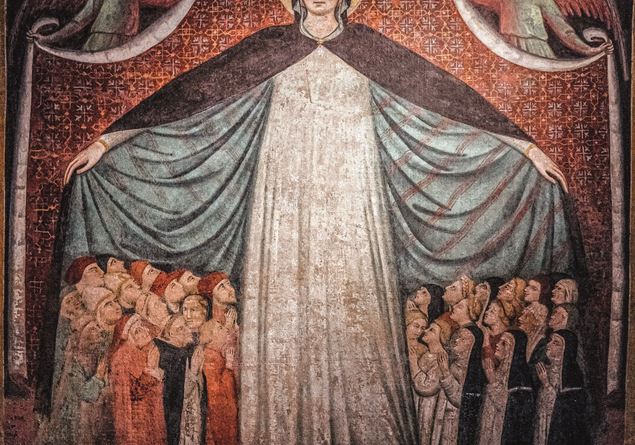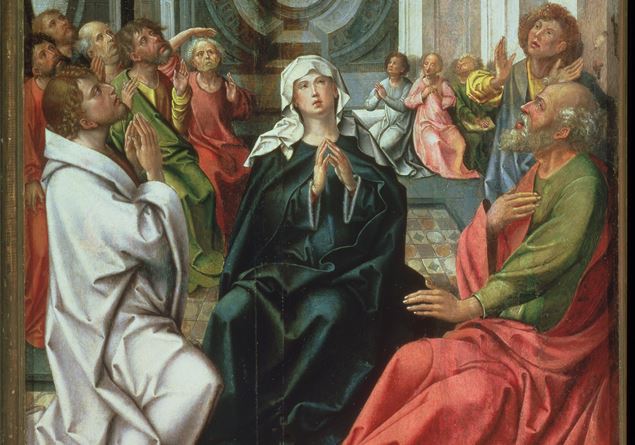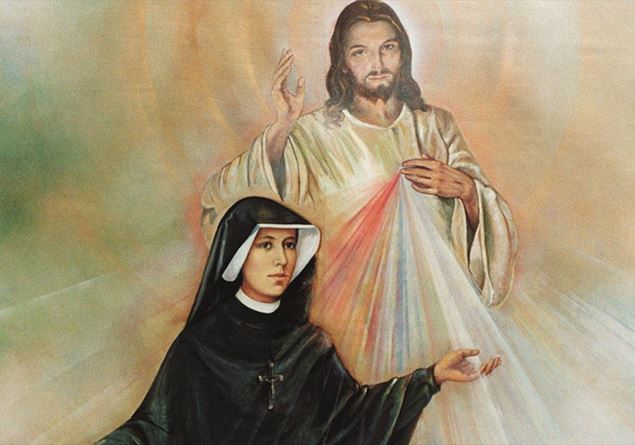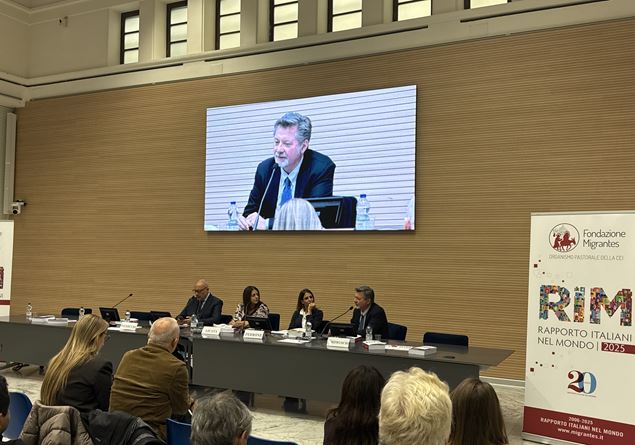Jesus himself, during the apparitions, loved to call it “the secretary of my mercy”.
Nonetheless, the existence of Faustina Kowalska It may seem, with human eyes, completely illogical: he feels the vocation for consecrated life, but does not have the dowry necessary to enter the convent; He becomes a servant in a house of Poles and that point he manages to enter a religious congregation; He begins to receive the revelations of Jesus, but does not easily find someone who believes them; It crosses countless spiritual, psychological and even physical suffering; Finally he gets sick of tuberculosis and dies at 33 years old (he lived from 25 August 1905 to 5 October 1938), the same age that tradition attributes to Christ.
The messages of Jesus
Yet it is precisely to her that the Redeemer entrusted, in the 1930s, The message of Divine Mercy. If God confided to her: “In the Old Testament I sent the prophets with lightning to my people, today I send you to all humanity with my mercy. I don’t want to punish suffering humanity, but I want to heal it and tighten it to my merciful heart “, Jesus went still further specifying that” humanity will not find peace, until it turns to trust my mercy. My heart rejoicing the title of Mercy. It announces that mercy is the greatest attribute of God. All the works of my hands are crowned by mercy».
Pope Wojtyla wanted him Santa
A strong message, which was long under observation of the Holy Office, to the point of prohibiting the forms of devotion related to Divine Mercy in 1958.
And the arrival of John Paul II was necessary, That for the common Polish origin well he knew the real consistency of the nun and his inspirations, to make the study of his diary and all his apostolate resume more carefully. A few years and also his cause of canonization put himself on the way, with the proclamation in Blessed on April 18, 1993 and Santa on April 30, 2000.
With a 2001 arrangement, Pope Wojtyla wanted that the Sunday following Easter was named after the Divine Mercy, As prompted by Jesus to Sister Faustina since 1931, and in 2003 Pope Wojtyla associated her with plenary indulgence, giving fulfillment to the promise of Christ: “On that day, those who approach the source of life will achieve the total remission of the faults and penalties”.
It was in a sense the fulfillment of what the Pontiff himself had written in that cornerstone of his magisterium which was his second encyclical, entitled precisely Dives in mercyfocused on God “rich in mercy”.
The picture of the vision
The meaning of this devotion to Divine Mercy is synthesized in the framework that Sister Faustina had painted following the vision of February 22, 1931, when Christ appeared to her with the blazing white guise of light, to indicate the divine glory of the resurrection, and at the same time with the signs of the passion and the wound of the cost from which a white radius come out, Indicating the water of baptism, and a red one, the blood of the Eucharist, gushed from its heart, according to the theological representation of the Gospel of John.
At the base of the image is the writing: “Jesus confide in you”, to indicate the momentum of the heart he believes in the Savior and throws himself in his arms.
The crown
The concretization in popular piety has finally taken place through the prayers revealed by Jesus. In particular with the Coroncina, which the Saint received on 13 September 1935 and transmitted to its spiritual director to be released.
The text was accompanied by a powerful promise, always pronounced by Christ: “For the recitation of this crown I like to grant everything they will ask me … whoever starves it will get so much mercy in the hour of death … even if it was the most implemented sinner, if he recites this crown at least once he will get thanks from my infinite mercy … When this crown is recited close to a agonizing, the anger of God and the impersonable mercy is subjected to envelops its soul».
Religious for only 13 years
Sister Faustina Kowalska was part of the congregation of Sisters of the Blessed Virgin Mary of Mercy For thirteen years. To promote the cause of beatification, in the sixties, was the then auxiliary bishop of Krakow, Karol Wojtyla. Left: a tapestry in St. Peter’s Square on the day of canonization, on April 30, 2000, with the portrait of the religious and of Christ, depicted as in the appearances to the nun. Above: two devotees in the Vatican, always on the occasion of canonization.
God confided to her: “Today I send you to all humanity with my mercy”
“Every heart triggers to Divine Mercy at all times and in the centuries of the centuries”. So wrote Sister Faustina Kowalska, an example of Christian perfection and entrusting to God. To document the history of his soul in contact with the mercy of God is the diary, in which Faustina faithfully transcribes his interviews with Jesus









